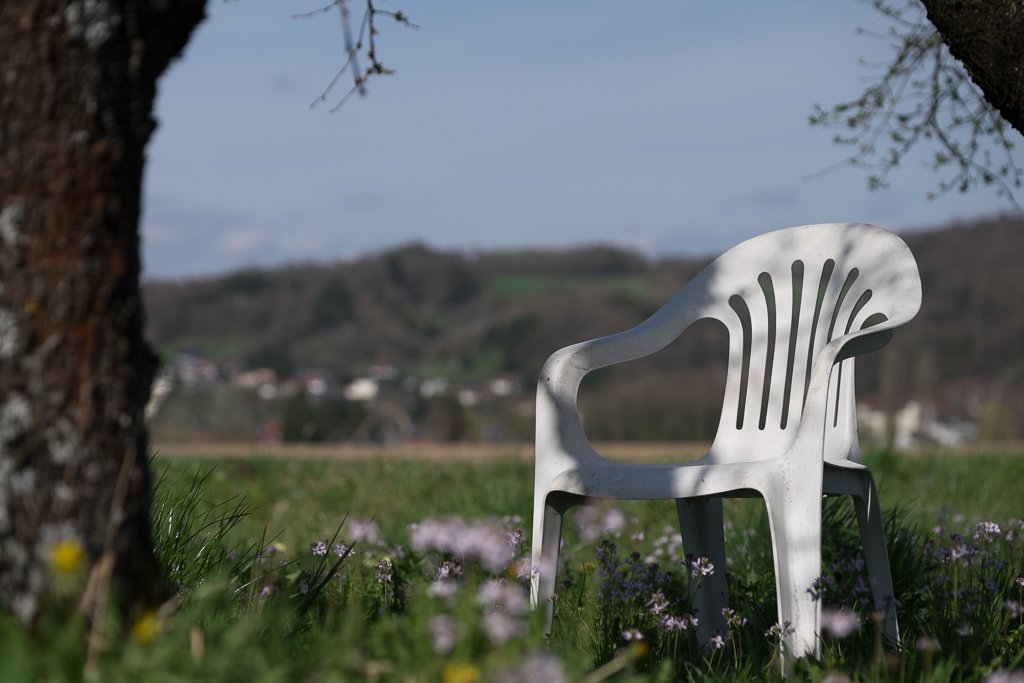Lsoft plastic seats, which are often placed on a table, in the old days country houses. Summer afternoons, skinny skin sweating on their seat – or, in the best case scenario, slow and cool rest on the usual printed pad added and secured with fabric laces. And so on white Plastic chairs, in cafes and cafes on the beach. Or, in their most eccentric version, in bold colors like Sergeant, fuchsia, red.
Their incorrect political name is “Gypsum chairs» because you can buy it not only in shops with cheap household goods but also from itinerant merchants who go around the neighborhoods and villages with their carts overflowing with goods. Their choice of furnishing space is dictated by the criteria of low cost and comfort, not design. And now the magazine New York Times Style Magazine placed them among the “25 more defining pieces of furniture from the last 100 years» and they are called, politically correct, monobloc.
Their choice of furnishing space is dictated by the criteria of low cost and comfort, not design. And yet today the New York Times Style Magazine places them among the “25 most important pieces of furniture of the last 100 years”.
The process until they reached the final 25 was rigorous and meticulous. The selection committee for the finalists consists, as we know from the related article, of architects and interior designers Rafael de Cardenas and Daniel Romualdezthe curator of design and architecture at the Museum of Modern Art in New York Paola Antonellithe actress and passionate furniture collector Julianne Moore the sculptor Katie Stout and the design and interior design editor of the magazine, Tom Delavan. The six of them were locked in a room for nearly three hours before placing the furniture and accessories that defined our decorating style and, for the most part, our lifestyle for the last century.
The candidate pieces are judged according to the following parameters, the article continues: that were made within the last hundred years and are at least functional. “The final list however includes one or two iconic pieces (it would be a mistake not to include them Dr. Charles and Ray Eames, Le Corbusier), taking into account the diversity of manufacturers, materials, styles, manufacturing processes and costs. In any case, the items on the list express more than comfort or utility: each innovation is, in its own way, a historical creation – symbolizing the prosperity or destruction of the world in which it was born, or the suggestion for a more efficient one. , maybe a better world».
“The items on the list express more than comfort or utility: each innovation, in its own way, is a historical creation – symbolizing the prosperity or destruction of the world in which it was born, or the suggestion of a greater efficient, perhaps better. world ».
The so-called found a place in this famous list Monobloc Chairunknown designer,”the antidote to design idolatry, a piece of white plastic that resists the worship of trends. With a story where few details can be crossed, it is real and imitation and has very low production costs».
As explained in the article, its construction, from a single piece of plastic, became possible thanks to the development of technology after the middle of the 20th century. Its closest relative today is considered a chair Armchair 300 on French Henry Massonnet from 1972, although it is more refined. According to another source, its origin can be traced to a design by a Canadian designer DC Simpsonearlier 1946.
“Depending on where you stand on the scale between sustainability and economy, monobloc chairs are also considered VICTORY on democratic design even his chaos consumable mass production. In any case, they are considered the most common piece of furniture in the world. (…) With non-existent decorative elements beyond the curved legs and the shell-like back, it is indescribable. beautifulhowever FAMILIAR and to some people it gives the same pleasure».

